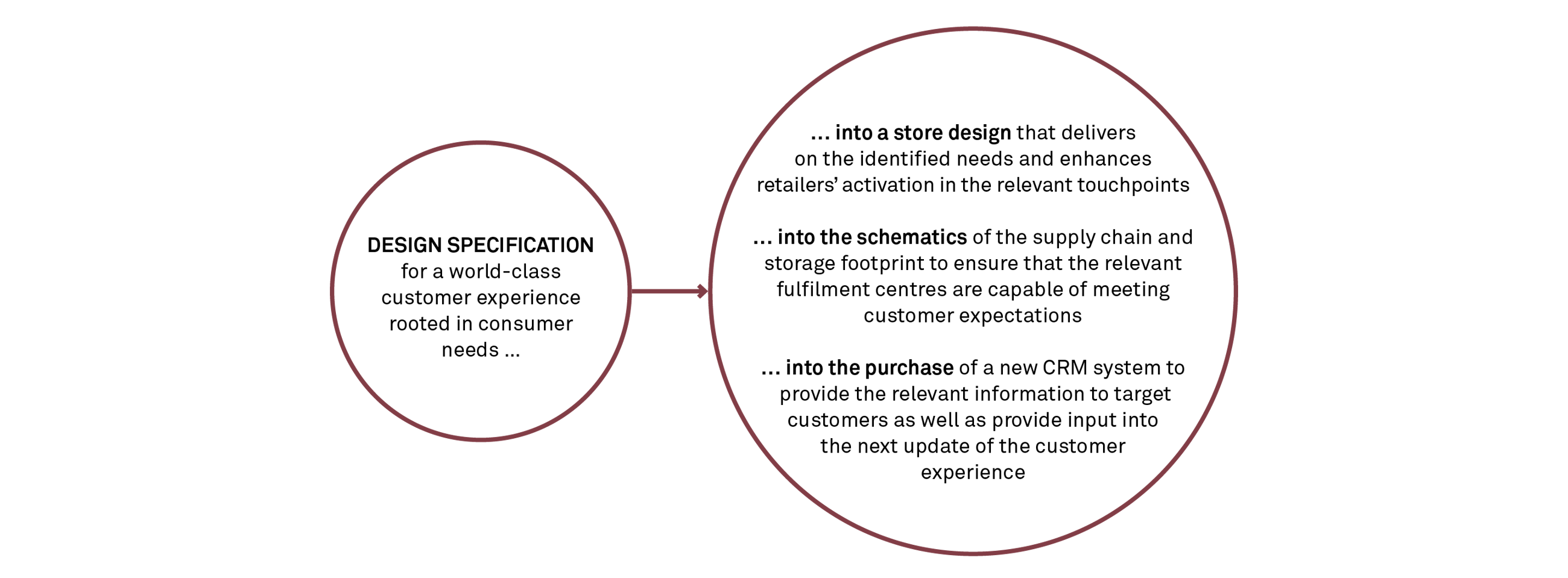- how to deliver a world-class customer experience regardless of the channel
23 February 2017
Being an omnichannel business has become more of a prerequisite rather than an actual choice. At the same time, the customer dynamics in the market are changing faster than ever, while new business models are disrupting the markets and constantly challenge the status quo.
It is a new dawn where customers don’t have to leave the house to go shopping anymore. It is easily done anytime, anywhere from a mobile device that is often no more than an arm’s length away – even when we sleep. This means that we as retailers have to provide customers with a reason to engage with brands when shopping, whether it be online or in stores.
And in doing this, retailers need to stop talking about omnichannel and start thinking about omnicommerce. The core product of the future has become much more than an SKU. There still needs to be an attractive product. However, in order to make customers shop your brand, retailers must offer an effective and seamless service that caters to the needs of the individual customer.
The future marketplace is being defined by the customer via their needs and behaviour, the winning solution being the ability to deliver a seamless customer experience in alignment with those needs and simultaneously integrate all channels on relevant platforms, each carefully adjusted to enhance what it does best.
When we talk about designing a customer experience, we need to start with the dynamics of a retailer’s turnover, which is determined by the number of unique buyers X buying frequency X average sales per visit. When we think about the latter two, this is where we can influence our share of wallet by providing customers with an even better experience.
Building a great customer experience is therefore about being able to tap into this equation. In market situations with lack of differentiation and fierce price competition, we need to understand and enable our business model to fulfil specific needs to ensure that customers keep coming back. We need to deliver on the basic service offerings such as easy exchanges and returns, flexible delivery options etc., but it is the add-ons that truly differentiate a brand from its competition.
Designing the relevant customer experience is not only about getting customers through the sales funnel. It is also about having them live the brand and promote the experience to other customers. Retailers must motivate them to keep coming back through meaningful engagement, thereby increasing the importance of the brand in their lives.
When shaping the future customer experience, we need to understand the core touchpoints in the full life cycle of the customer journey. It is very important to view it from a customer perspective, as we might identify new opportunities within the customer journey, which can either delight or, if done wrong, disappoint the consumer.
Within each touchpoint, we need to focus on how we provide our customers with one of two things:
- An experience that creates a feeling of time saved
- An experience that creates a feeling of time well spent
Only when we engage customers and balance our value offering to provide an experience of both time well saved and especially time well spent, we will deliver a reason for them to go shopping.
We do this by helping brands with four things:
- First, we have to agree on the aspiration for our customer experience and brand promise. What do we want to achieve? What can we provide to the customer? Is it only about increasing market share, or do we want to build relations with our customers at the same time?
- Next, we need to decide which customer segments we want to focus on and where in the customer journey we want to play a role. Do we design the experience for everybody, or do we want to focus on special segments, products or channels? It is key to keep in mind that not all customers are the same and do not have the same needs in all touchpoints. A company therefore has to make choices of which customers to focus on and where to play.
- Thirdly, we have to understand the customers and their underlying needs to determine our value offerings. How do we design an experience which will drive the customers towards the brand and convert awareness to traffic and traffic to an actual purchase? And how can we enhance the experience where we reward consumers to create brand loyalty?
- Finally, we need to consider what needs to be true in order to have a successful implementation within the organisation and into the sales channels. What capabilities must be in place? What role should digital play? Do we have the right systems in place? And how do we manage the customer experience in order to achieve our objectives? Which KPIs will lead us to success?
We end up with a customer demand specification, which can then be used in many ways. The specification for a strong customer experience contains all relevant services and add-ons which have a positive impact on the end result, an impact that will differentiate the overall experience.
We believe in making strategy design go hand in hand with execution, which means that the development of customer experience design is a co-creation process with customers and the brand, which we continuously test and refine in order to deploy and implement, and then we start over again.
By providing strategic direction and operational solutions for leading retail companies, we know that a world-class customer experience is not done with simple store decoration. It is the essence of the brand brought to life in every touchpoint and every channel, founded in a deep understanding of the customer needs throughout every steps of the customer journey.








